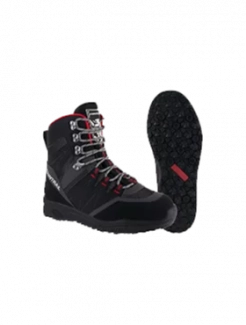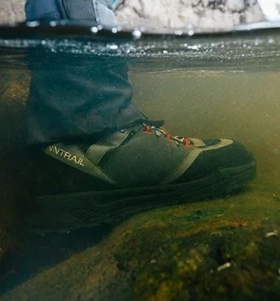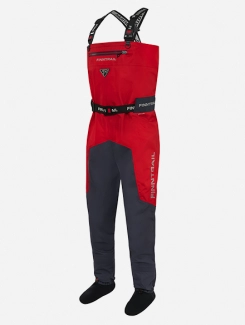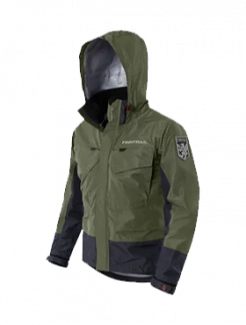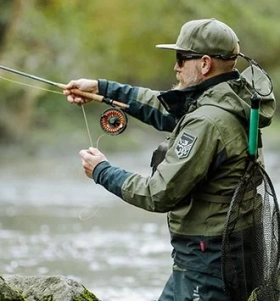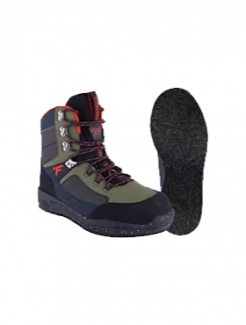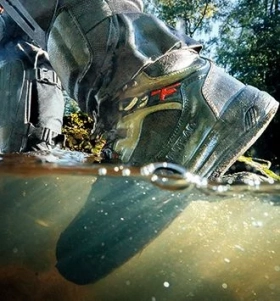How to Choose Goggles for ATV Riding
Goggles are a crucial part of your ATV gear, so read this post to make sure you know how to choose goggles for ATV riding.
Do I Need Goggles to Ride an ATV?

Technically, you can get on and ride an ATV without goggles. It's very dangerous, it's not allowed on trails, and it will make your ride terrible and probably short-lived. So, not a good idea.
Goggles protect your eyes from debris, mud, sand, impact from branches, wind, UV rays, and more. They also increase your visibility and improve your focus. Increasing your visibility can range from keeping dust and such from clouding your vision to heightening your vision with special tints.
Are ATV Goggles, Dirt Bike Goggles, and Ski Goggles the Same?
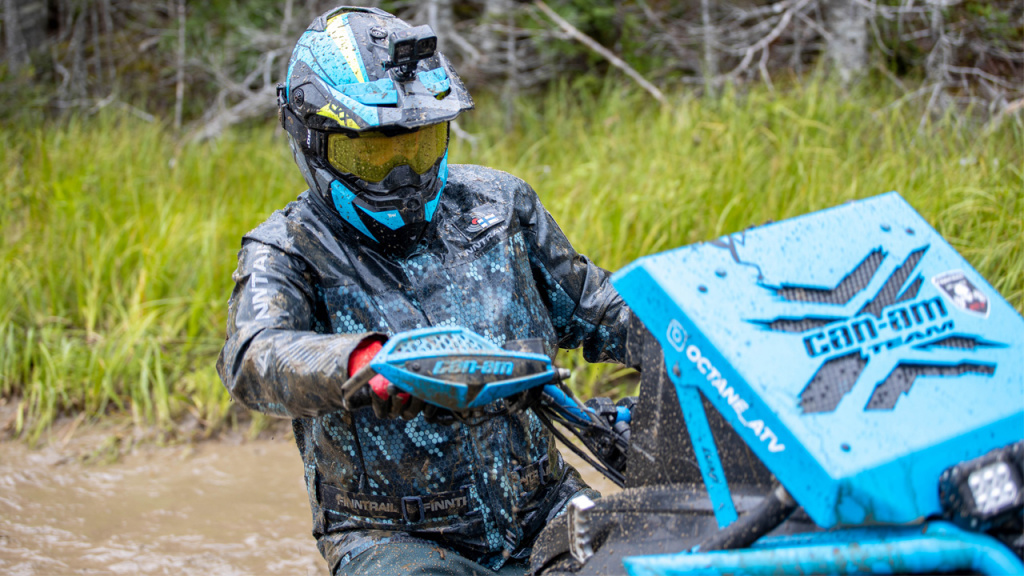
ATV goggles and dirt bike goggles are basically the same. You don't want to mix and match with ski goggles though.
Snow goggles, as one might assume, are designed specifically for use in the snow. While they share strength in common with ATV and dirt bike goggles, they a very different in other areas.
There are three main differences between snow goggles and ATV goggles that will keep you from wanting to wear them for use on ATVs.
Snow goggles are tinted for looking at pure white landscape. This is little help in the varied terrain you'll be tackling on your ATV.
If you use tear-offs while riding an ATV, snow goggles leave you high and dry.
Snow goggles won't fit in your ATV helmet, and you've got to wear that to protect your head.
What Features Should I Look for When Purchasing ATV Goggles?
You shouldn't just buy any ATV goggles. Some are more effective than others and some offer extra benefits you may not want to miss out on.
Goggle lenses
The lenses in your ATV goggles need to be scratch resistant and offer UV protection.
While all ATV goggle lenses should be tough, curved, high-impact lenses provide the most protection.
Tinted lenses offer different benefits depending on the type of tint. You'll want clear goggles for night riding, and different types of tints depending on where you're riding and what benefits you want.
Polarized lenses enhance the details in your environment, helping you see more and farther away.
Goggles frames
ATV goggles need to be durable to protect your face and eyes from the dangers of the outdoors. Quality frames will be light, flexible, and able to withstand some serious impact. This should apply to just about any mid-priced goggles and up.
Face foam
Plenty of quality face foam keeps sweat from dripping into your eyes and clouding up your lenses. Make sure the goggles state that they have double or triple layers of foam and, if you can, check them yourself.
Comfort and fit
Your goggles need to fit securely, but comfortably to your face so they can prevent particles and moisture from entering and so they don't distract you by moving around or hurting.
Get a pair with adjustable straps so you can optimize your fit. You want the strap to stay in place without causing you discomfort. Thick straps are more likely to be comfortable and to stay in place.
If you wear prescription glasses, you'll need to make sure the goggles fit over your glasses. Some goggles are labelled otg, meaning over the glasses, to make it easier for you to choose.
Riding style
Brands make different goggles for different types of terrain. ATV goggles all have lenses designs for off-roading, padding to prevent dust, debris, and sweat from entering the goggles, and protection from fogging, but some take features a step further to address certain needs. Sand goggles have extra padding to keep sand out and tints that protect your eyes from the impacts of looking at the expanse of light sand. Trail goggles may be polarized to heighten your vision so you can see more detail in your environment as well as optimized for maximum air flow to offer greater fog control.
You'll want to select the right goggles for your preferred terrain, and you'll probably need more than one pair to cover your various needs if you go off-roading in a variety of places.
Parts replacement
Some brands make and sell replacement lenses, so that if something does happen to yours, you don't have to purchase a whole new pair of goggles.
You can also purchase certain goggles where every piece is replaceable, the lenses, the foam, the straps, everything. These are usually more expensive initially, but you shouldn't have to buy a new pair set of goggles for a long time.
How to Wear ATV Goggles with a Helmet
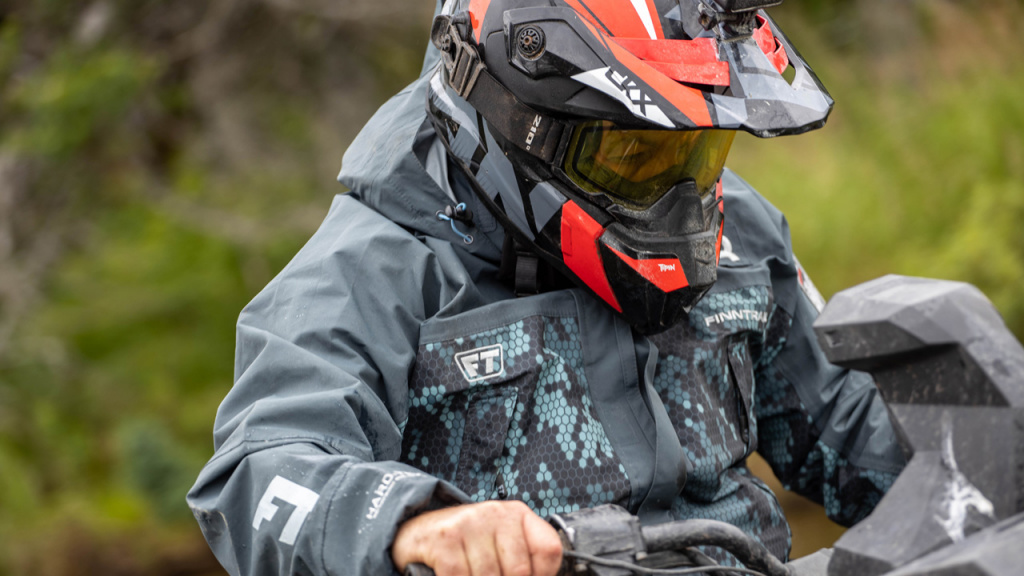
You'll need both your goggles and your helmet, so you have to make sure you can wear both at the same time. The goggles have to fit inside the face opening of your helmet. If you're purchasing your goggles in a store, you can bring your helmet with you. If not, you might want to purchase goggles made by the same brand that made your helmet.
Goggles come in only two sizes, adult and youth. You have to pair adult goggles with an adult helmet and youth goggles with a youth helmet.

